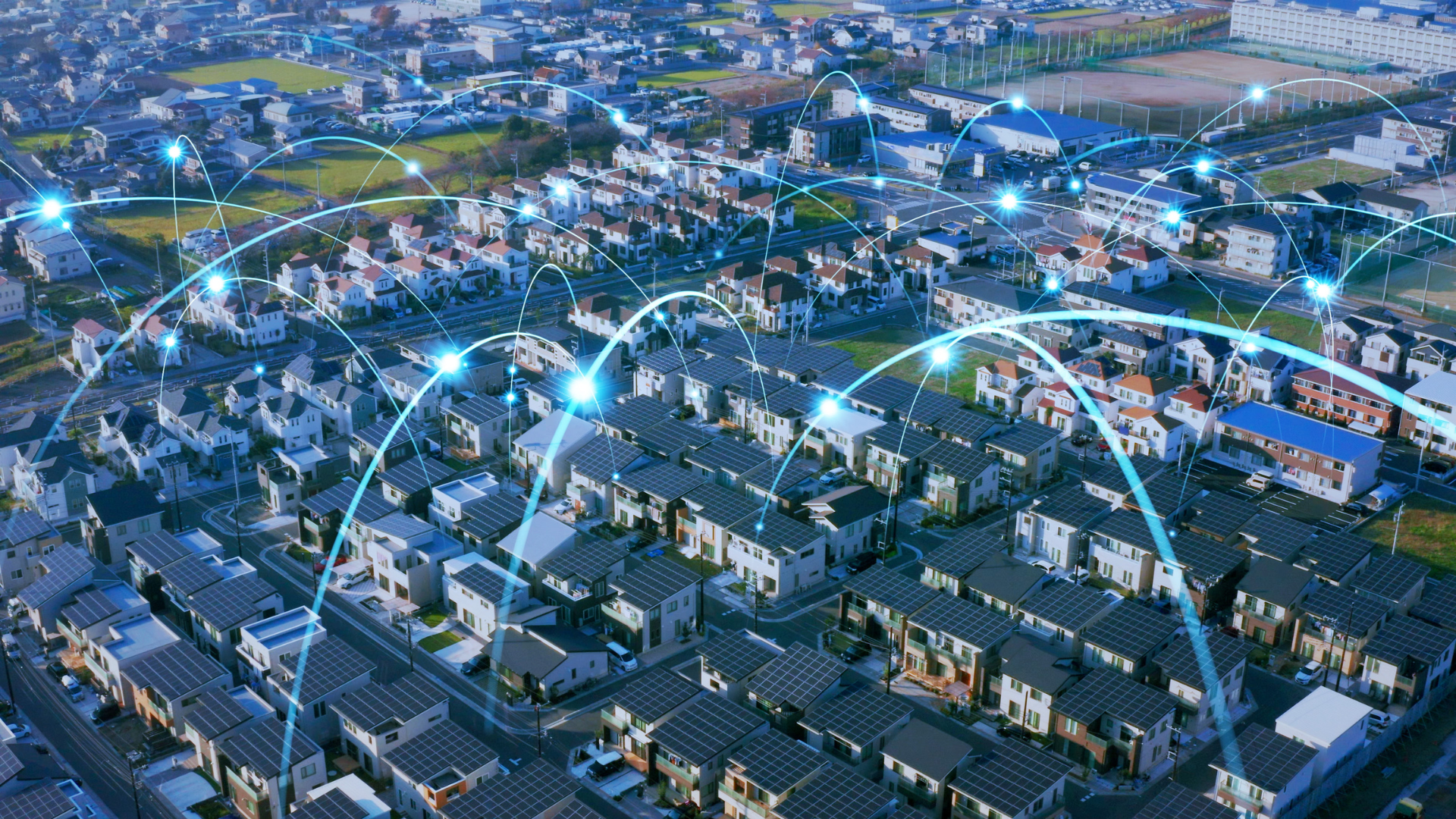The Hudson Valley is renowned for its picturesque landscapes, rich history, and vibrant communities. Behind the scenes, however, an intricate web of infrastructure ensures that this region remains powered and connected. At the heart of it all lies the electric grid, a complex network of power generation, transmission, and distribution that seamlessly delivers electricity to homes, businesses, and institutions throughout the Hudson Valley. In this article, we delve into the functioning of the electric grid in the Hudson Valley, exploring its key components, renewable energy initiatives, and the role of technology in shaping its future.
Power Generation: The generation of electricity in the Hudson Valley primarily relies on a mix of traditional and renewable energy sources. Power plants, including natural gas, oil, and coal-fired facilities, supply the base load demand, ensuring a stable and consistent supply of electricity. Additionally, several hydroelectric power plants harness the energy of the Hudson River, taking advantage of its abundant water resources.
Renewable Energy Initiatives: In recent years, there has been a significant push towards renewable energy in the Hudson Valley. The region benefits from ample solar potential, with numerous solar farms and rooftop installations contributing to the electricity mix. Moreover, wind farms, especially along the Hudson River and offshore, are playing an increasing role in clean energy generation. These renewable sources not only reduce greenhouse gas emissions but also bolster the region’s energy independence and foster economic growth through job creation and investment.
Transmission and Distribution: Once generated, electricity is transmitted across high-voltage power lines to substations, where it is then stepped down to lower voltages for distribution. The transmission system is managed by transmission system operators (TSOs), ensuring the safe and efficient transport of electricity over long distances. In the Hudson Valley, multiple substations are strategically located to serve local communities efficiently.
Distribution networks, comprising a vast network of power lines and distribution substations, deliver electricity directly to consumers. Local utilities, such as Central Hudson Gas & Electric Corporation, Orange & Rockland Utilities, and New York State Electric& Gas Corporation (NYSEG), oversee the distribution infrastructure, maintaining its reliability and responding to outages or repairs.
Grid Resilience and Modernization: With the increasing demand for electricity and the integration of renewable energy sources, grid modernization efforts are crucial. Advanced technologies, such as smart meters, are being deployed to enhance system efficiency, enable demand-response programs, and provide real-time energy usage information to consumers. Additionally, energy storage systems, including large-scale batteries, help mitigate fluctuations in renewable energy generation and improve grid resilience during extreme weather events.
Regional Collaboration and Planning: The electric grid in the Hudson Valley is interconnected with the broader New York State grid and operates under the oversight of the New York Independent System Operator (NYISO). The NYISO ensures the reliable and efficient operation of the state’s electric system, coordinating generation and transmission activities, and facilitating wholesale electricity markets. This collaborative approach allows for the optimal allocation of resources and the integration of renewable energy on a broader scale.
the electric grid in the Hudson Valley is a dynamic and evolving system that powers the region’s vibrant communities. With a focus on renewable energy, grid modernization, and collaborative planning, the Hudson Valley is embracing a sustainable and resilient future. As technology continues to advance, the grid will further adapt to meet the challenges and opportunities of a rapidly changing energy landscape. By leveraging innovative solutions, the Hudson Valley can continue to power progress while reducing its carbon footprint, setting an example for other regions striving for a sustainable energy future.






